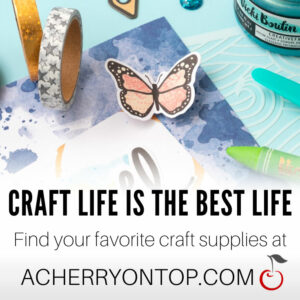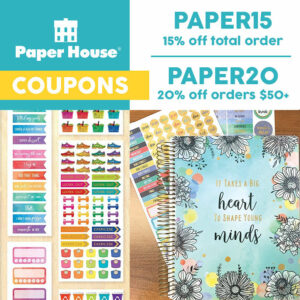
This article is mainly a summary of drawing and painting tools and materials, not a manual on how to use them. More explanation of how you can use those for your hobby is indicated in the links.
Techniques, materials, tools, and ways of using them are highly connected. However, I have made a distinction in order to be as complete as possible.
Drawing and painting are fantastic pastimes. Especially since you can do it alone and with your children or grandchildren. Also, in painting groups or creative clubs, you can motivate and inspire each other.
Some of the links are affiliate links. As an affiliate associate, I earn a small commission when you purchase any of the products offered through the shared links at no extra cost to you. This helps me to maintain this website and I thank you for supporting me.
Table of Contents
Drawing and painting tools and materials
Sometimes the tool or the material strongly determines how the end result looks like. Other times it doesn’t matter very much what tool or material we use.
Materials
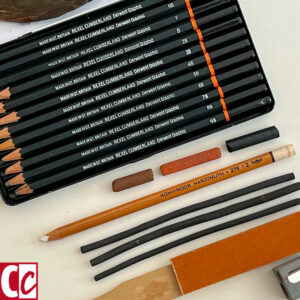
Graphite
Graphite is a black powder of carbon. I use it to lubricate the door hinges! But above all, it is a great material for creating soft grey tones.
Related: Form Research and Different Drawing Techniques
Charcoal
Charcoal is a black carbon residue produced by heating wood strongly with a low oxygen content to remove all water and volatile components.
It was the first material I started drawing with in art school. Wonderful material to sketch with.
Chalk and crayons
Chalk comes in various types. Blackboard chalk, coloured chalk, pastel chalk, and sidewalk chalk.
I myself have worked most with conté crayons, which for some reason is called Siberian chalk in the Netherlands. It’s blacker than charcoal, so I often combined them.
Conté crayons are produced by mixing charcoal powder, clay and water. Brown, red (sanguine), black, white, and grey chalk is made from earth pigments. It is well-known from the drawings of the old masters.
Felt tip pen
Felt-tip pens are used both for drawing and painting. The finer markers are perfect for drawing lines and the wider felt-tip pens work best for filling areas.
There are erasable and permanent markers. The latter can be used to draw on glass, for example.
Ink
There are many different inks. The basis is always a dye and the type of ink depends on the solvent and the use.
The best known are fountain pen ink, ballpoint pen ink, Ecoline (a transparent ink), India ink, and printing ink.
Watercolour paint
Watercolour paint consists of pigments mixed with gum Arabic as a binder and is mixed with water. The result is always transparent.
Gouache
Although gouache is also diluted with water, the difference with watercolour paint is that it is opaque. A great material for children to paint with, it is easy to work with and cheap.
Acrylic paint
Acrylic paint is a plastic-based paint that often serves as a substitute for oil paint. It is easier to paint with, dries quickly, and is diluted with water.
Unlike oil paint, it is matte when it dries. According to some, acrylic paint has less character than oil paint.
Have a look at my Instagram account for my creative work.
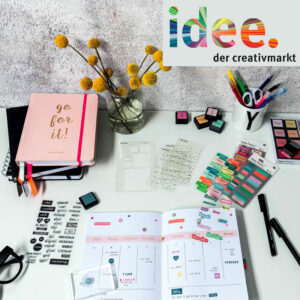
Oil paint
Oil paint is composed of pigment in the form of a very finely coloured powder and vegetable oil, usually linseed oil. It is diluted with oil and absolutely not with water. Water and oil repel each other.
Tempera
All paints consist of pigments with a binder. In tempera, the binder is egg yolk. In the Middle Ages, this type of paint was used on wooden panels. Nowadays it is hardly used for painting anymore.
Fresco
A fresco is made by painting pigments directly into wet lime plaster. It requires enormous skill from the painter because correction is impossible.
Paper

I suppose paper is the most commonly used surface for drawing and painting. Paper can tear and pulverise but is fine for practising and sketching.
Canvas
Linen or other textiles are more durable than paper as a surface but hardly suitable to draw on. Watercolour painting is done on paper, other paints such as oil paint and acrylic paint are perfect for a canvas.
Other media
Wooden panels, lime walls, and glass have already been mentioned above. Metal or stone can also be painted, although each surface requires its own type of paint.
Tools
Pencil
Pencils have a core of mixed graphite and clay, protected by a wooden casing. A lot of clay and little graphite gives a hard pencil, and a lot of graphite and little clay gives a soft pencil.
In Europe, the hardness is indicated by a range from 9H to 9B, very hard to very soft with the average called HB. The US system only uses numbers.
Related: Inspiration from a Strange Source. Drawings of “Sponsje”
Colour pencil
Colour pencils are similar to graphite pencils, yet with a coloured core of pigments instead of graphite.
You can draw in lines as well as colour areas. Lately, it has become popular again to fill in colouring books or to make mandalas with colour pencils. Very soothing.
Ballpoint pen
Usually, we use a ballpoint pen to write with, but we can also draw with it just fine. Personally, I prefer the irregularity of pencils and dip pens, but a ballpoint pen is often available and therefore easy to use quickly.
Dip pen
In the past, goose feathers were used to write with, which wore out quickly. The dip pen, made of metal, was a welcome replacement for that.
In addition to the dip pen, a holder is required to secure the pen. To draw we use a pen with a sharp tip.
Variants of the sharp pen are the Redis nib, which has a flat point at the end of the pen to create thicker lines, and the broad calligraphy pen, which has a flat, broad end. The direction in which the calligraphy pen is held determines whether the line becomes thick or thin.
Brayer
With a brayer, paint can be evenly distributed over an area. It is ideal for painting large surfaces evenly and for covering glass or Gelli plates to create monoprints.
Related: Simple Printing Techniques for the Best Relaxing Hobby

Brush
Brushes are used for painting, not for drawing. They are round, flat, or oval. A cheap brush is made of pig bristles. An expensive one consists of sable hair.
Contemporary brushes are often made of plastic. Personally, I prefer natural materials.
Palette knife
A palette knife has a flexible metal tip, which is used to mix pigments with a binder. You can also paint with a palette knife. The paint strokes are completely different than with a brush.
Airbrush
An airbrush is a small, air-operated paint sprayer that can handle a variety of inks and paints. A compressor provides the air supply.
You can use it to spray beautiful, even surfaces and colour gradients. Masks and templates are often used to create shapes.
As with any painting technique, great skill is required to make a good airbrush.
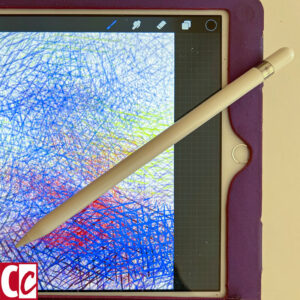
Computer or Tablet
Should a computer or a tablet be called a drawing tool? Actually, of course, it is the programs and the apps that turn a computer into a drawing tool.
Line drawings and clear illustrations can be made with some programs, the so-called vector programs. Adobe Illustrator is an example of this.
Other programs are pixel-based and produce more picturesque results. Procreate is an example of this.
While you can get results with the mouse, it’s easier to use a digital pen.
Related: Abstract Work, Made on Paper or Digitally in Procreate
Tell me, do you miss any tool or material in this summary? Please use the comment box below.

